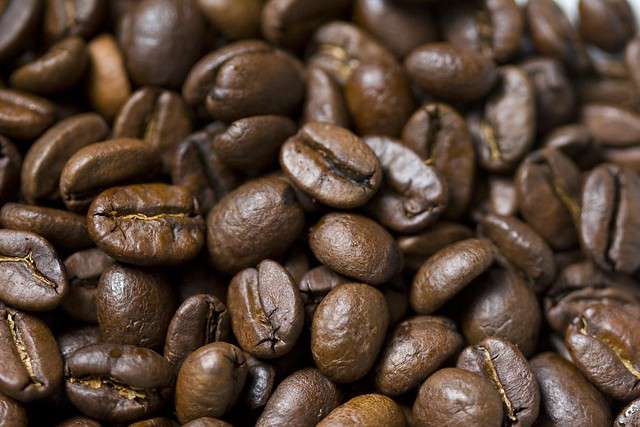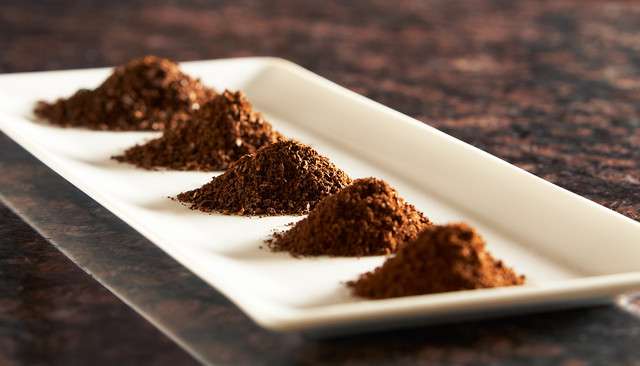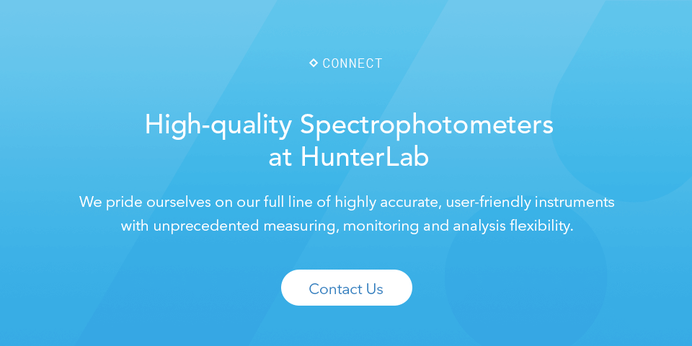
I am not really a morning person, so I require a little motivation every day to get myself up out of bed. My morning cup of coffee is one of my favorite rituals, and I’ll admit that the jolt of caffeine is an obvious bonus for kick-starting my day. However, for the millions of other people who share a similar love for this hot beverage, non-caffeinated versions are sometimes a better option due to various considerations. Coffee producers need to offer a variety of options for consumers that either provide that major caffeine jolt or ensure that the caffeine intake is minimized, so that consumers may be assured they are getting what they’re expecting. This process is highly dependent on the use of UV spectrophotometry and light absorption measurements.
Using Light Absorption to Measure Caffeine Levels
Spectrophotometers use light absorption to measure wavelengths that are transmitted through a solution. When measuring the caffeine content in coffee, the molecules in the sample will absorb light at different wavelengths within the color spectrum, providing information that can then be used as quantifiable data for determining the concentration of caffeine. The ability to generate accurate light absorption measurements of the caffeine levels in decaffeinated coffee bean batches is essential for reducing the health risks in sensitive consumers by “preventing inconsistent caffeine levels among available ‘decaf’ blends.”

The FDA (Food and Drug Administration) requires coffee producers to reduce caffeine content to only 25 parts per million for decaffeinated blends in order to don the “decaf” label. Light absorption methods of caffeine monitoring can provide instant analysis to indicate when the decaffeination cycle is complete, therefore maximizing production time and efficiency.
Measurement of caffeine in coffee is also important for determining the value of the product. In the article “Measurement of Caffeine in Coffee Beans with UV/vis Spectrometer,” it was reported that “chemical analysis of caffeine in coffee beans is also used as an additional tool for evaluating coffee quality.” However, to the average coffee drinker, many other factors affect the consumer perception of quality.



